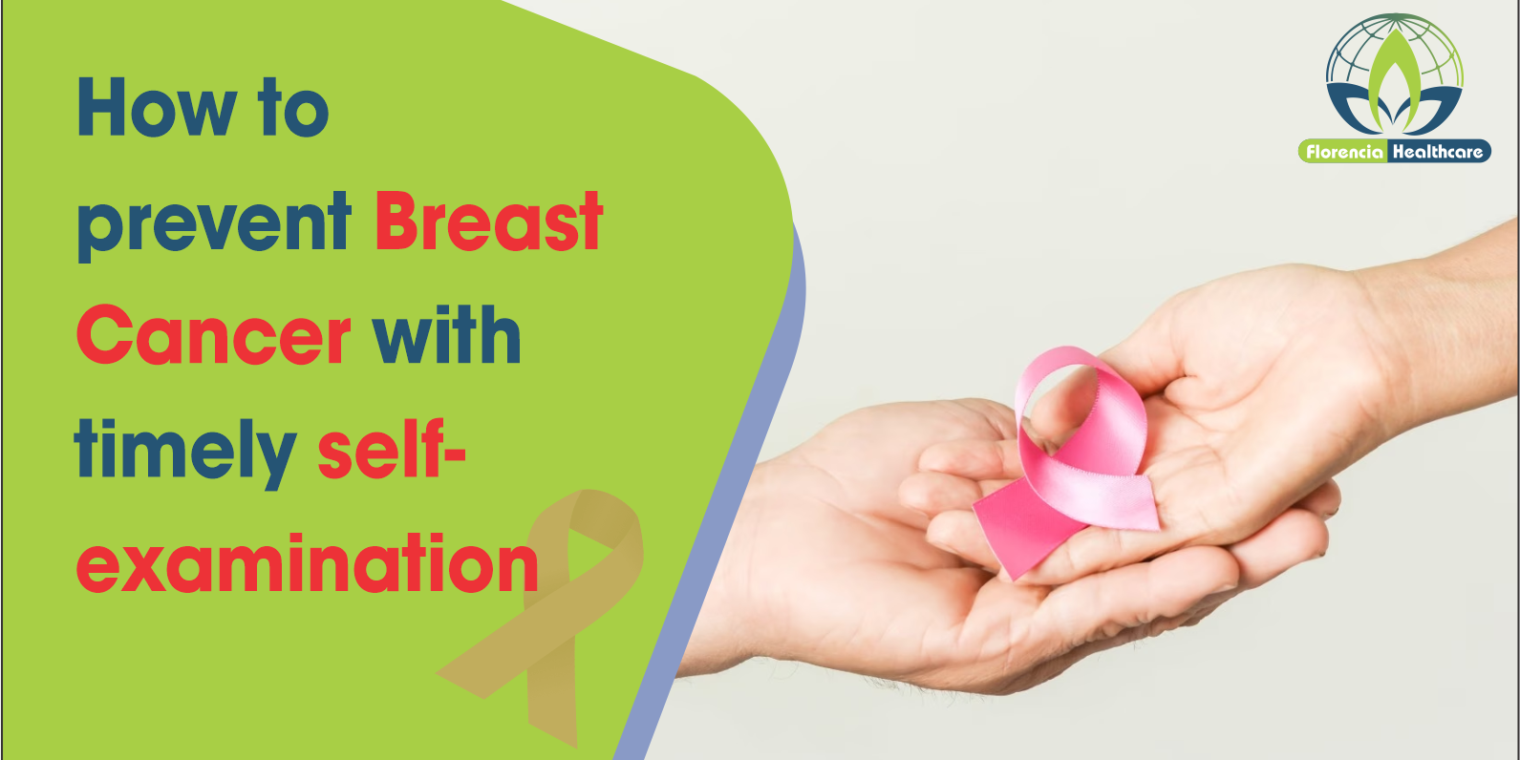In the quest to prevent breast cancer and promote well-being, numerous approaches have been embraced, including heightened awareness and hygiene practices. Among these, breast self-examination shines as a cornerstone of proactive care.
Guardians of Your Health:
In the realm of health consciousness, every facet of the body demands vigilant care, and breasts are no exception. While pinpointing the exact causes of breast cancer remains a subject of ongoing research, empowering yourself with knowledge and prevention strategies is paramount. Amid various treatments that might offer varying degrees of certainty, a singular truth prevails: awareness is key.
One pivotal avenue of awareness is the practice of breast self-examination in the comfort of your own home. Simple, yet immensely effective, regular self-examination can provide invaluable insights into the health of your breasts. It aids in either preventing the disease or detecting it early, facilitating timely and responsive care.
Navigating Self-Examination:
Here are some practical steps to guide your breast self-examination journey:
Visual Assessment: Observe the size and texture of your breasts. Be attuned to any noticeable changes, such as a significant increase in size or alterations in texture and color.
Texture Awareness: Be familiar with the natural texture of your breasts. Detect moderate or noticeable changes, as these might be indicative of underlying issues.
Lump Perception: Gently feel for any lumps or irregularities. While most lumps are benign, consulting a medical professional for confirmation is advisable.
Nipple Vigilance: Pay special attention to your nipples. Any discharge, itching, or changes should not be disregarded.
Tactile Sensation: Use touch to assess if your breasts feel different from their usual state.
Pressure Techniques: Employ varying levels of pressure during self-examination to assess the health of your breast tissues.
Circular Movements: Employ circular movements to examine your breast tissues from your collarbone to the center of your chest.
Periodic Practice: Self-examination can be performed during your monthly periods, enhancing its efficacy.
Through practiced self-examination, you become the guardian of your breast health. By holding your arms above your head, placing your hands on your hips, and leaning over, you empower yourself to detect any changes. Self-examination embraces a partnership between knowledge, awareness, and your own body, ultimately contributing to the prevention or early detection of breast issues.
In the journey to foster breast health and prevention, self-examination stands as a beacon of empowerment. By engaging with these practices, you’re taking a vital step towards proactively nurturing your well-being. Your body’s signals are waiting to be heard. Listen, observe, and safeguard your health with the power of self-examination.

